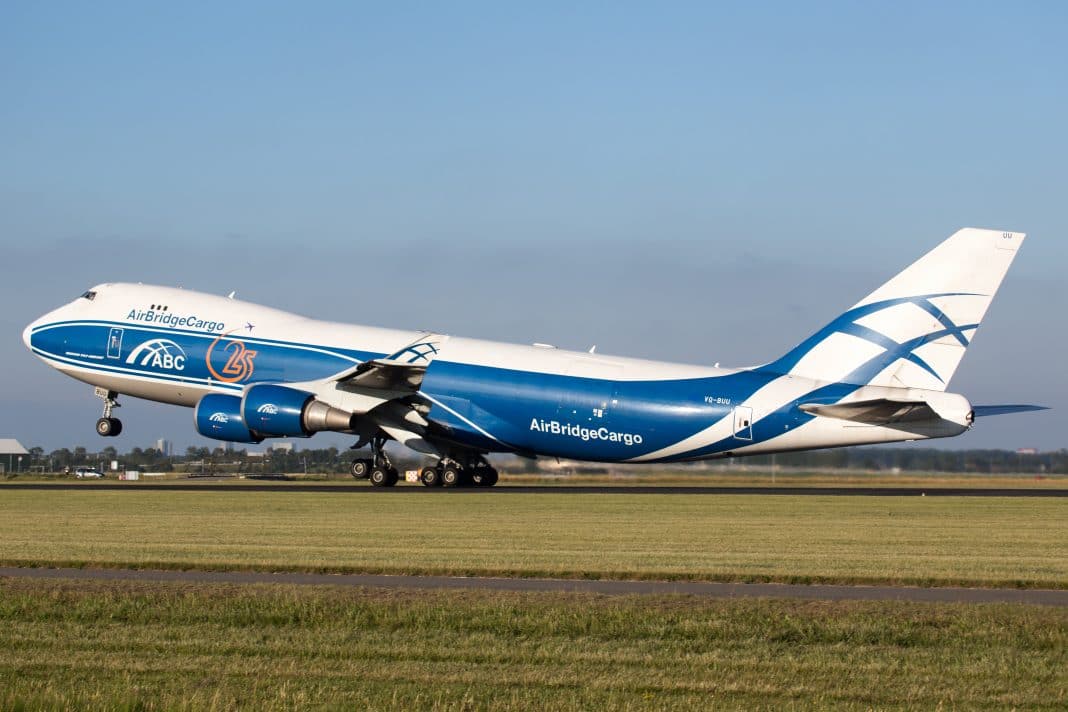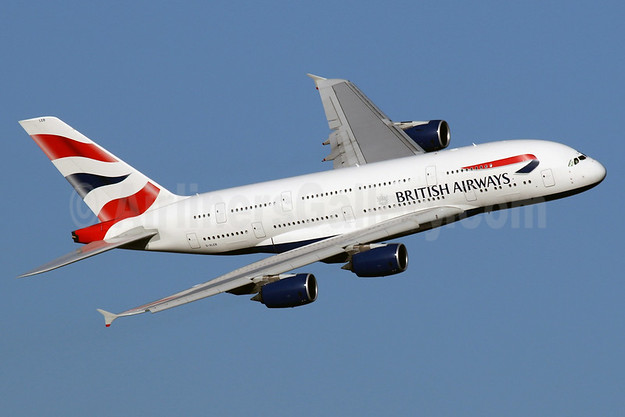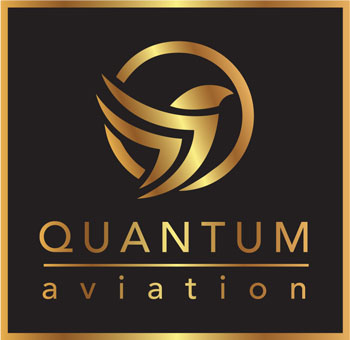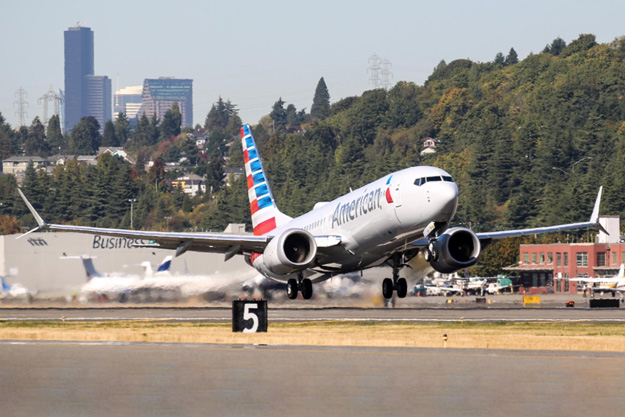
AirBridgeCargo Airlines flies its first COVID-19 vaccine transportation from Beijing
December 2, 2020
Two permanent homes are found for the last two BA Boeing 747-400s to be retired
December 2, 2020American Airlines today (December 1) is planning to put two Boeing 737-8 MAX 8s (N308RD and N314RH) back into service from its Tulsa maintenance base.
N308RD is scheduled to operate flight AA 9750 from Tulsa (TUL) to the Dallas/Fort Worth (DFW) hub today, as an operational readiness flight for employees and crew training. Other flights will follow.
N314RH will also enter service today as flight AA 9785 between TUL and DFW.
Previously the airline announced the public reintroduction of the grounded type on December 29 between Miami (MIA) and New York La Guardia (LGA).
On November 18, 2020 the airline made this announcement:
Dear colleagues,
The past eight months have tested our industry and our airline. But throughout it all, our team has risen to the occasion with safety as our number one priority. From rethinking the way we support our customers to putting in place state-of-the-art cleaning procedures, you have proved time and again that no matter the challenge before us, we’ll get through it together with an unwavering focus on doing right by our customers and each other.
That focus has also guided us through the recertification of the Boeing 737 MAX. Today, the Federal Aviation Administration (FAA) cleared the 737 MAX to fly again following its grounding in March 2019. Throughout the 20-month recertification process, we worked closely with the FAA and Boeing, in addition to our union leaders and their safety teams, and are grateful for everyone’s diligence.
We’re particularly proud of the American team. The company, and the Allied Pilots Association (APA), APA’s Ad Hoc Return to Service Committee and the Association of Professional Flight Attendants have worked in lockstep with the mutual goal of safely returning the 737 MAX safely back to service for American. Many of our Boeing 737 pilots played an integral role in the recertification process based on their expertise. Our pilots are the best in the business, so it’s no surprise that regulators around the world, including the FAA, and Boeing relied on their experience.
If our pilots, along with the APA, FAA and our safety teams are confident the aircraft is safe, we are confident in its return to service. We’ve implemented rigorous processes to ensure that every plane in the air is safe and our pilots, flight attendants, team members and customers are confident in the return of the 737 MAX. This includes investing in extensive training and plans to fly the aircraft before it returns to commercial use. Our approximately 2,600 Boeing 737 pilots will complete the FAA-mandated and approved training, which includes computer-based training, classroom briefings and dedicated return to service training in a 737 MAX simulator.
Our aircraft will be ready thanks to the comprehensive storage program our Tech Ops team has managed. Throughout the past 20 months, the team has kept these aircraft in excellent condition with regular care and maintenance. In anticipation of the return to service, the team will complete the maintenance requirements included in the Airworthiness Directive, including updating the software. In addition to the FAA’s oversight of every 737 MAX aircraft, our FAA-licensed aviation maintenance technicians will inspect and sign off on every airplane, just as they do for every one of our other aircraft. Every aircraft will then complete an Operational Readiness flight to ensure it is ready for passenger service.
We know that restoring our customers’ confidence in this aircraft will come with time and importantly, transparency and flexibility. If a customer doesn’t want to fly on the 737 MAX, they won’t have to. Our customers will be able to easily identify whether they are traveling on one even if schedules change. If a customer prefers to not fly on this aircraft, we’ll provide flexibility to ensure they can be easily re-accommodated.
In terms of next steps, we are taking a phased approach to return the aircraft to service. We will begin with non-commercial flights in early December before the official return to service date to demonstrate that the 737 MAX is as safe as every plane we fly at American. On December 29, 2020 we will resume scheduled service with two flights a day — or one round trip from MIA to LGA — through Jan. 4. After that, we expect to gradually phase more 737 MAX aircraft into revenue service throughout January, with up to 36 departures from our Miami hub depending on the day of the week. Ahead of our commercial flights, interested team members will also have the opportunity to fly on the 737 MAX. We’ll share more on those plans and provide additional information to support you soon.
In the meantime, thank you to everyone who has worked on the recertification efforts over this nearly two-year journey and to those who will see us through the next few weeks as we prepare for commercial service. As is always the case, safety is at the forefront of every decision we make. It’s with this unequivocal standard that we look forward to returning the 737 MAX to service.





